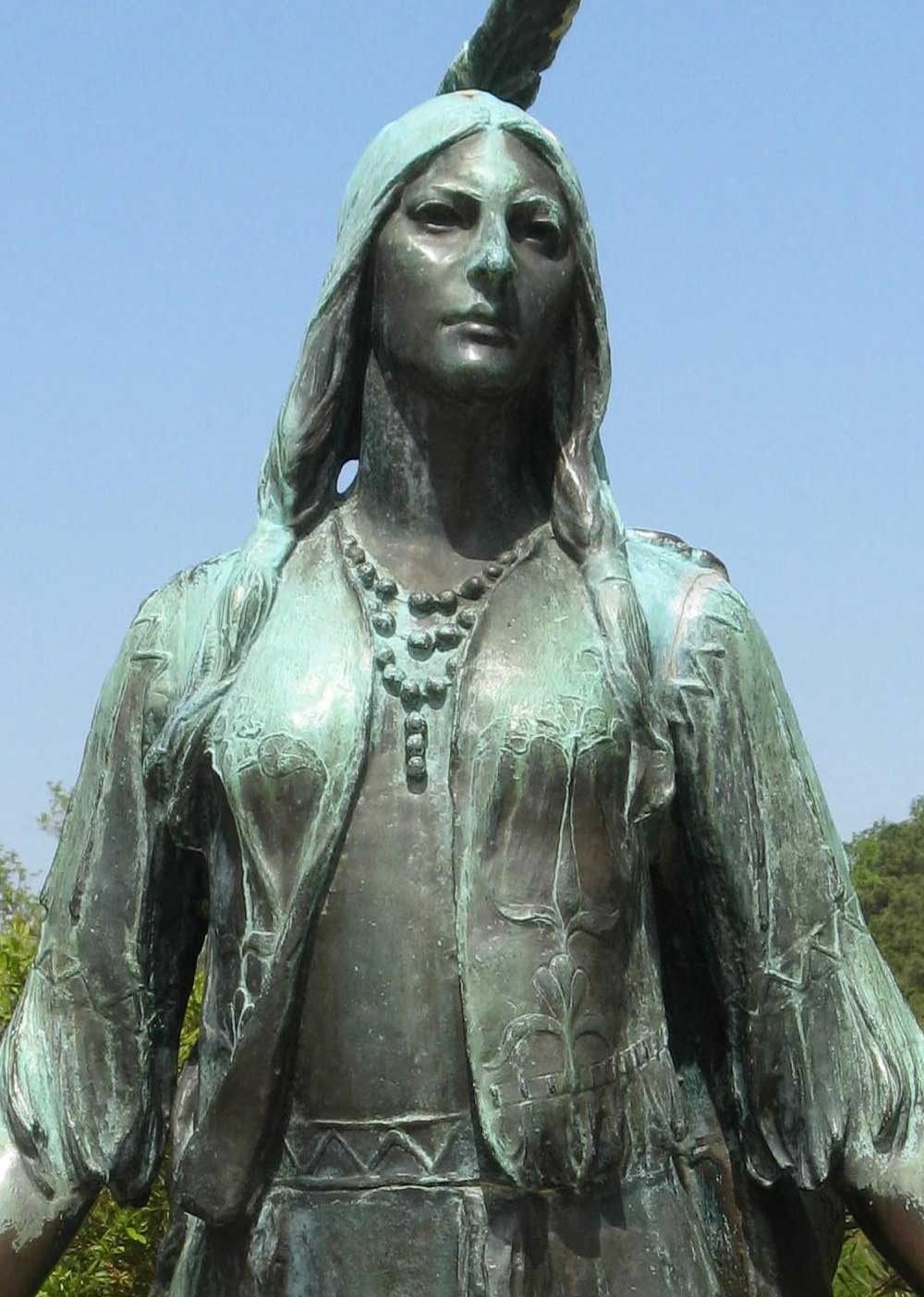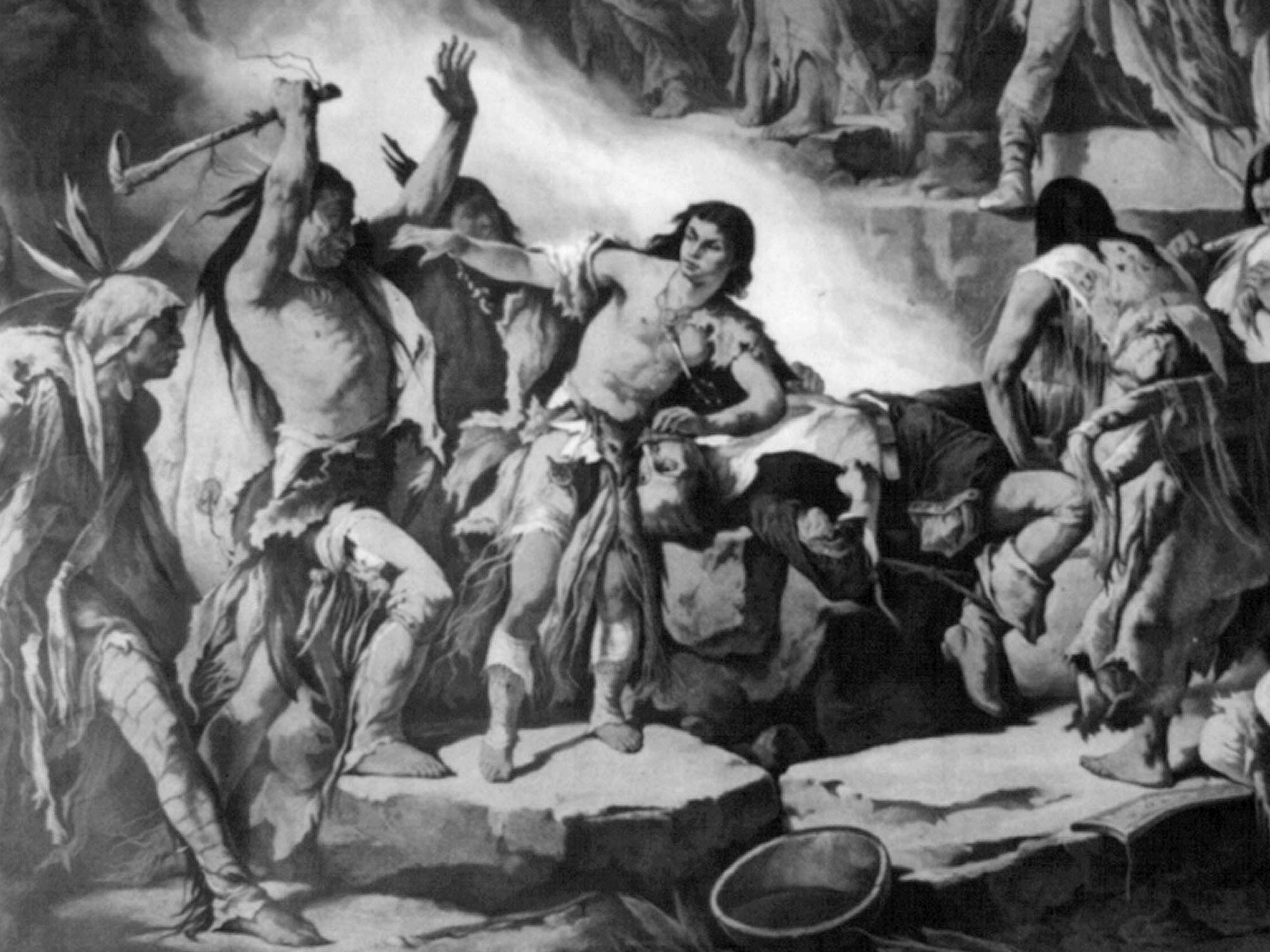
Tracing the Norfolk links of a Native American princess
Pocahontas the most famous Native American woman in history and is featured everywhere from the Capitol Building in Washington to the village sign in Heacham.
The story of Pocahontas is one that’s familiar to most children, either from the 1995 Disney film or from storybooks, but what many may not be aware of is that Pocahontas was a real life Native American princess who married an Englishman from Heacham.
This year marks the 400th anniversary of her death at the tender age of 22, and her story, although surrounded by many myths and legends, is a truly fascinating tale. It’s a tale of how a young princess saved the life of an Englishman, later married another one, converted to Christianity, travelled to England, and was accepted into polite English society.
The story began in 1607 when she met explorer Captain John Smith, whose ship arrived on the coast of Virginia, USA looking for suitable sites to colonise and settle – it was less than a year since the first permanent English settlement had been founded in the area.
Sailing up a river the English named James River after their king, they came to a low-lying peninsula which they called Jamestown. The English put down their roots here, building a fort and establishing a colony within it. The local Nativ Americans, however, were wary of these incomers and John Smith, as leader of the group, was soon captured by Chief Powhatan, a Chesapeake tribal leader, whose powers extended over the vast lands the tribe inhabited. Legend has it that after his capture, Smith was on the verge of being executed when Pocahontas, the chief’s youngest daughter, rushed forward and threw herself across his body to save him from death.
As the favoured child of Chief Powhatan, Pocahontas’ actions not only saved Smith from certain death but also helped to bring about a period of goodwill between the settlers and the natives.
John Smith’s luck didn’t hold out for long, however. Soon after this he suffered severe burns from an explosion of gunpowder in his canoe, and sailed back to England for treatment, since there was no surgeon in Jamestown.
In the following years, more ships set sail from England to the New World, taking more people to start a new life there and it seems no more was heard of Pocahontas until about 1613, when she was lured on board one of the ships and held as ransom to encourage peace negotiations with her father’s tribe.
Initially her father refused, and Pocahontas was taken to Jamestown and placed under the care of the Reverend Alexander Whitaker. Here she learned English, was taught how to dress and behave like a lady, and received religious instruction, leading her to openly accept the Christian faith. She was baptised and given the name Rebecca.
At the same time, a certain John Rolfe (who was originally from Heacham) was bringing supplies to the settlers together with his wife and daughter. Following a devastating hurricane off Bermuda and the death of his family, Rolfe eventually reached Virginia, where he set about establishing himself as a tobacco farmer.
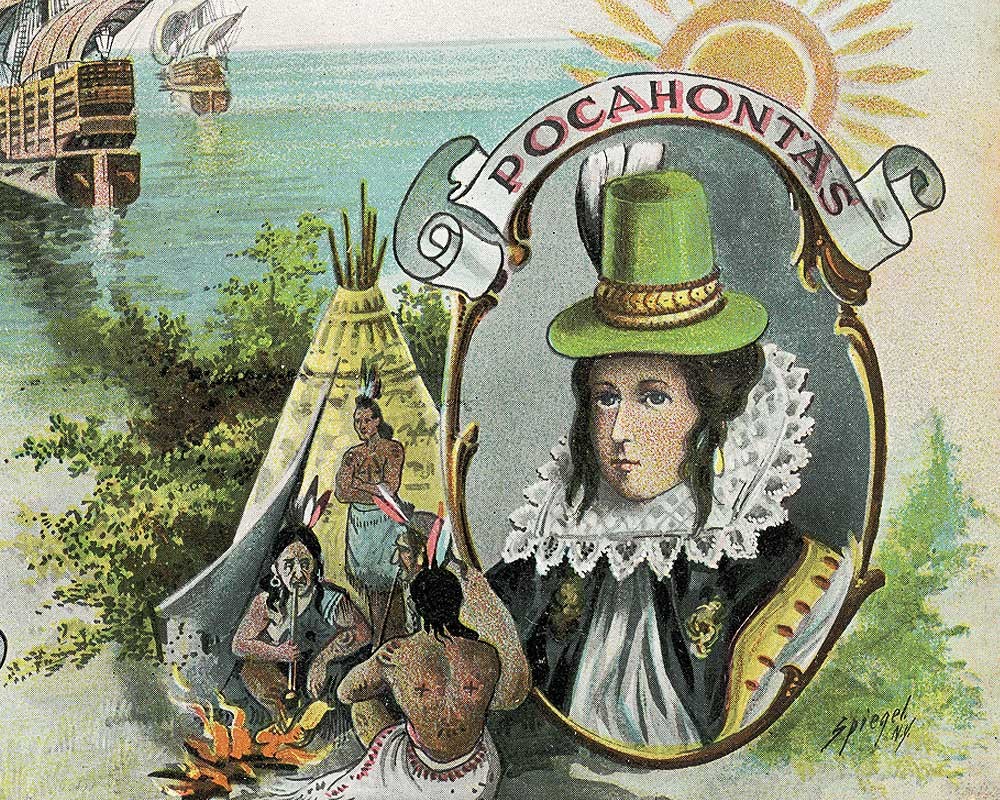
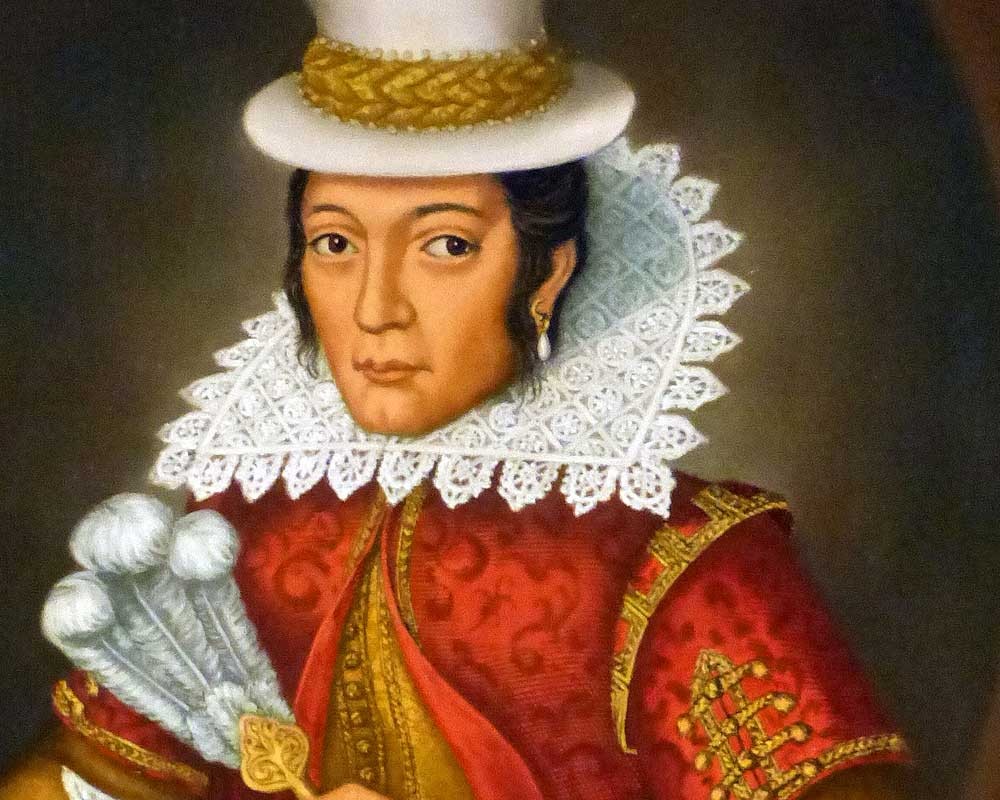
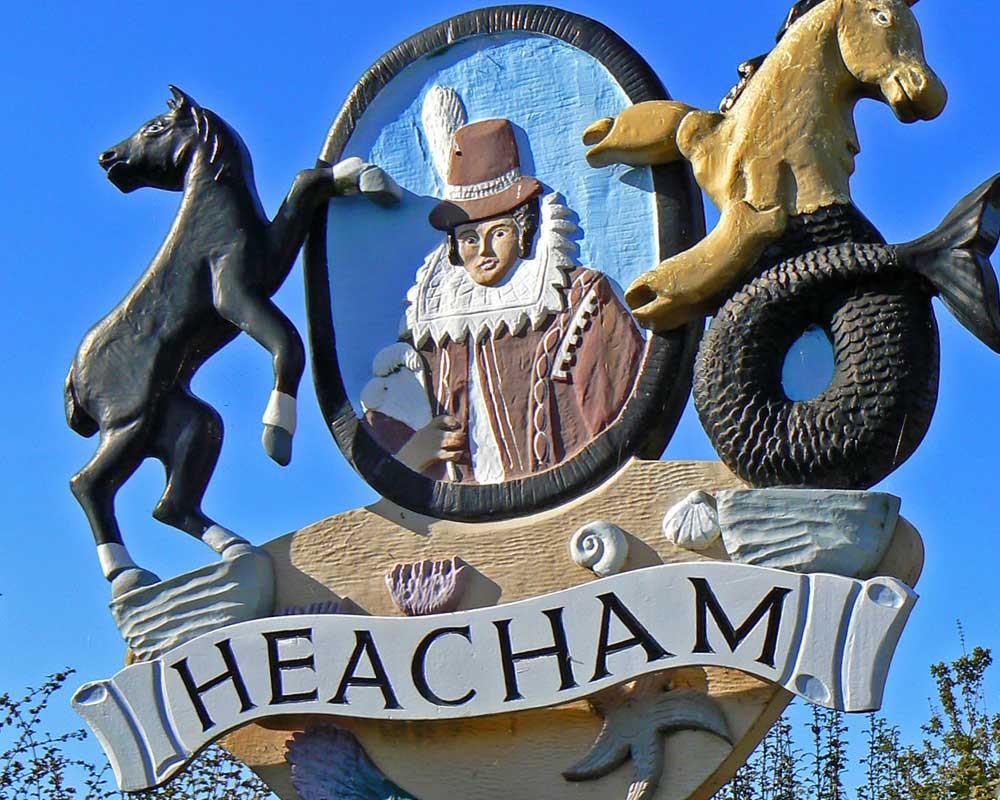
Rolfe and Pocahontas met, fell in love and were given consent to marry, to the delight of the Virginia Company of London who had funded the settling of Jamestown. They could see the advantage of the favourite daughter of a powerful Native American chief marrying an Englishman and how it could help bring about peace between the two nations.
The then Bishop of London, Dr John King, was among those who wanted to introduce Christianity into the New World and welcomed this chance to convert the ‘savages’.
Following the birth of their son Thomas, the Rolfes decided to travel to England, where Pocahontas (now known as Lady Rebecca Rolfe) would be presented to English society as example of the ‘civilised savage’.
Legend has it that their ship hit bad weather and was forced to land in Plymouth, with the family staying the night at a local inn at Indian Queens, a small village en route to London.
There’s very little evidence that Pocahontas stayed there, and the village’s name could well refer to Victoria, Queen of India – but it does help a good story!
In London, Pocahontas was much feted and reputedly mingled with royalty and society. She and Rolfe were invited to the Twelfth Night performance of Ben Jonson’s masque The Vision of Delight at the Banqueting House in Whitehall, where they were allegedly received by King James I and Queen Anne.
Legend also has it that Pocahontas visited her husband’s home village of Heacham with her husband, and is believed to have planted a mulberry tree in the grounds of Heacham Manor, the Rolfe family home.
Although again there’s no concrete evidence to support this, experts are currently looking for links between the Heacham Manor tree and three other ancient mulberry trees in Narford, Buckingham Palace and Syon House in London. It’s thought Pocahontas may have collected seed from one of the three other trees (most probably Syon House) to plant in Heacham.
If this turns out to be true, and there is indeed a connection, it could confirm the story, albeit circumstantially.
After spending 10 months in England the Rolfe family prepared to return to America, as John had been appointed Secretary and Recorder General of the Virginia Company. As they were about to set sail, however, Pocahontas was taken seriously ill – possibly with TB – and died in Gravesend on March 21st 1617, being buried in the town’s church of St George’s.
John Rolfe returned alone to Virginia, realising his small son was too ill to survive the voyage back, and leaving him with his uncle Henry to be brought up in Plymouth. John Rolfe himself died in 1622, never returning to England or seeing his son again.
It’s a fascinating story, and one whose true origins will probably never be fully known. Its local links may be a bit tenuous, but the pair’s descendants survive to this day – their son Thomas later tavelled to Virginia and married a local girl. 400 years later, Pocahontas still adorns the Heacham village sign and local people are proud that the story of the Native American princess plays a part in their cultural heritage.
